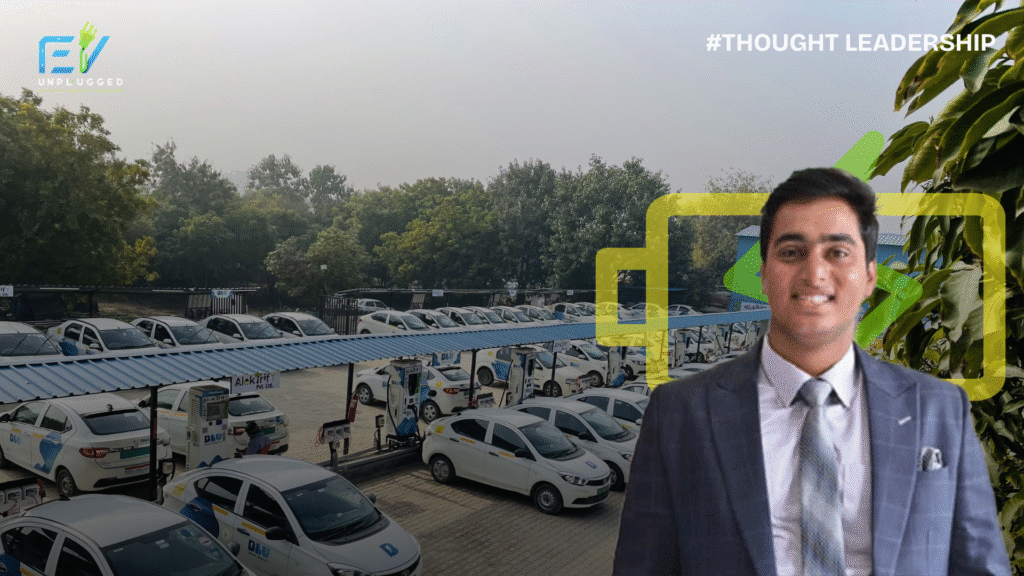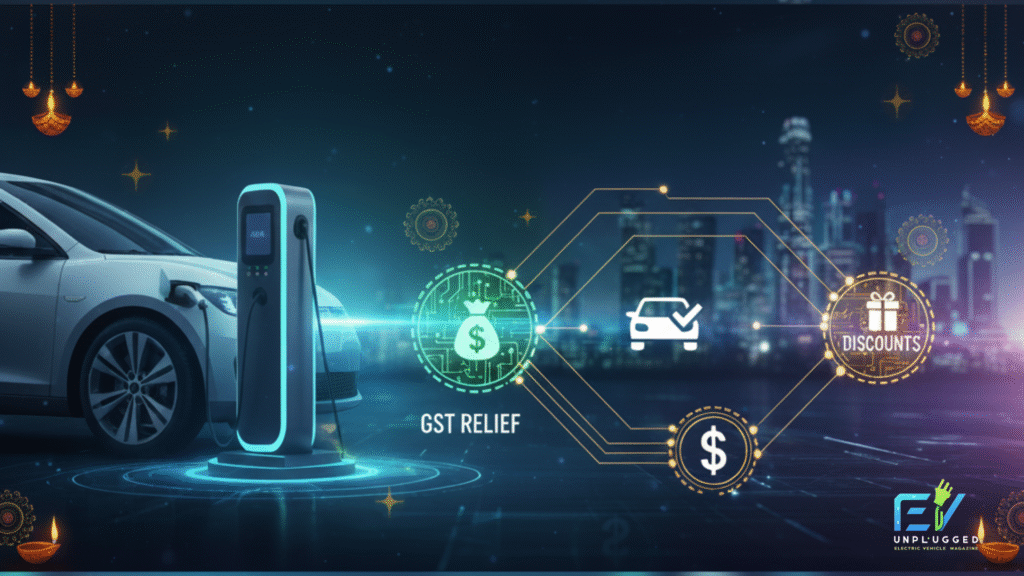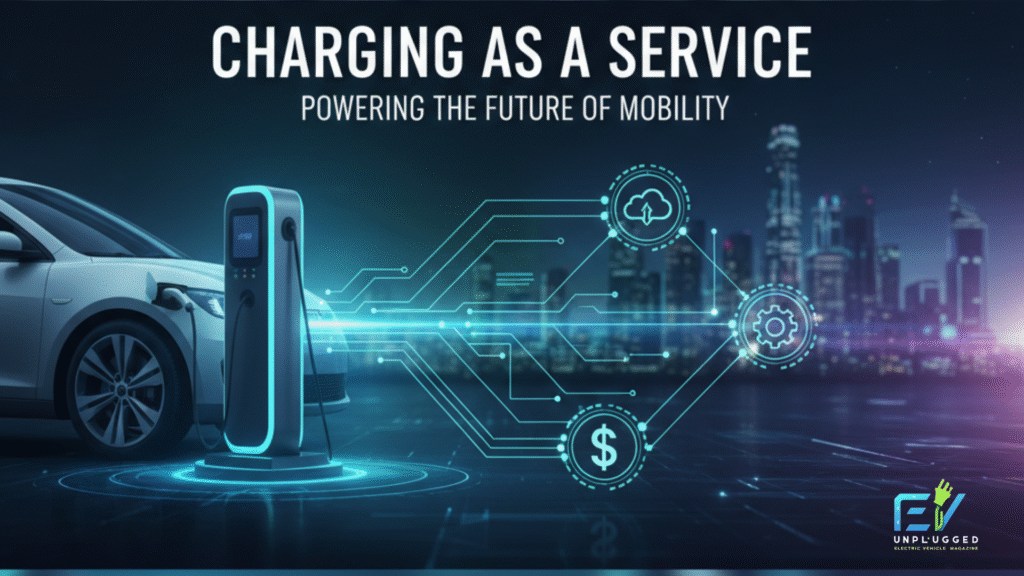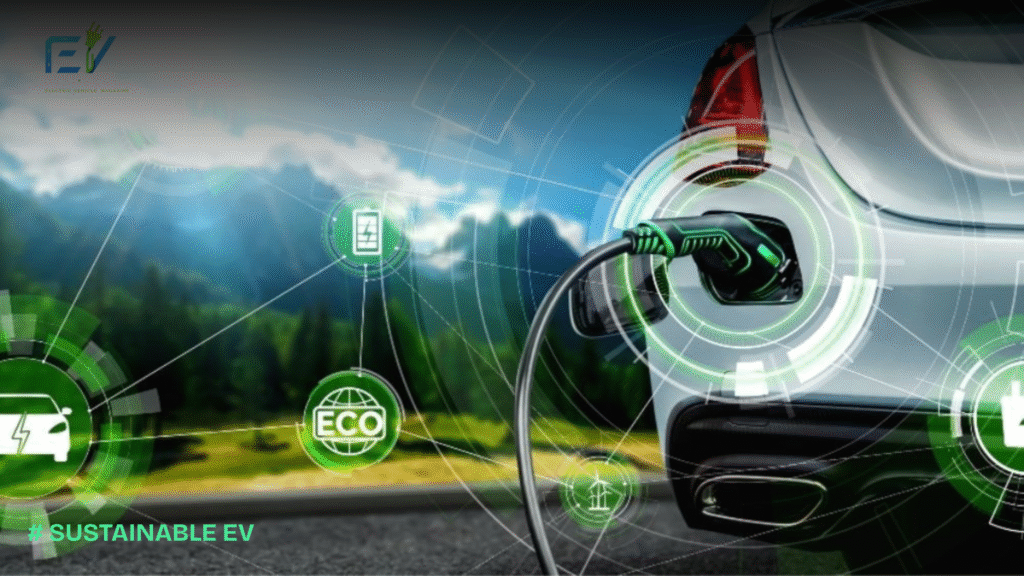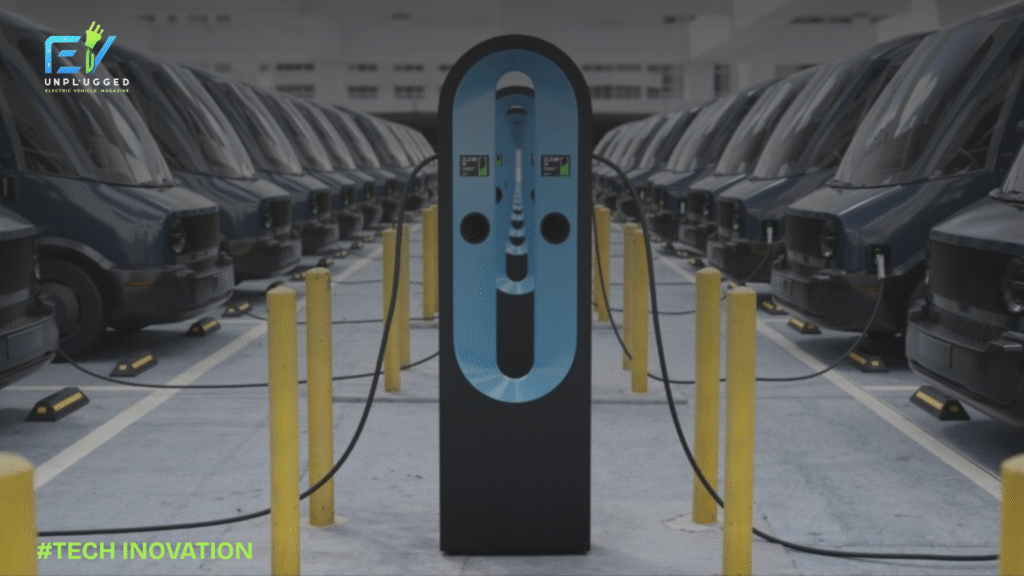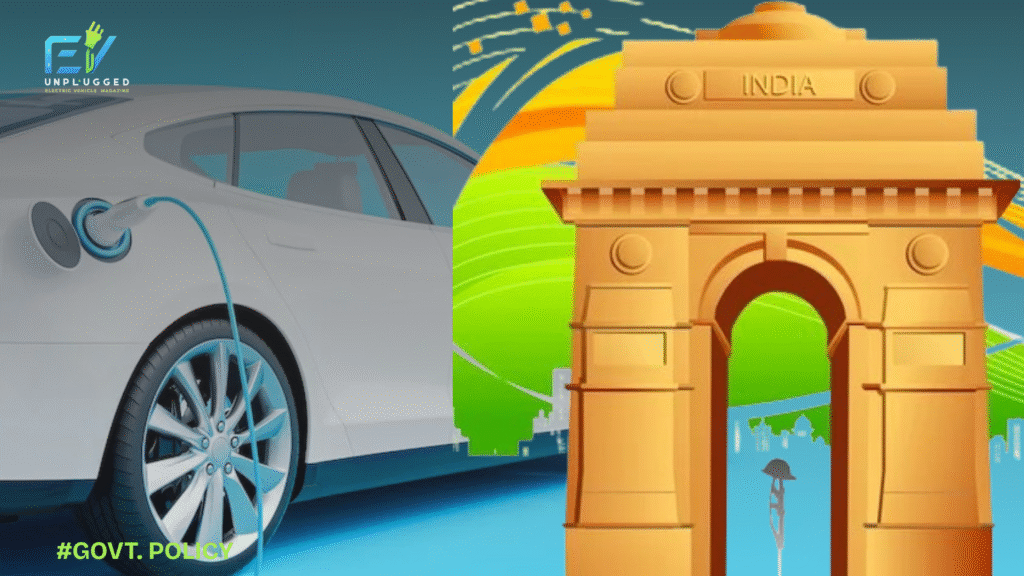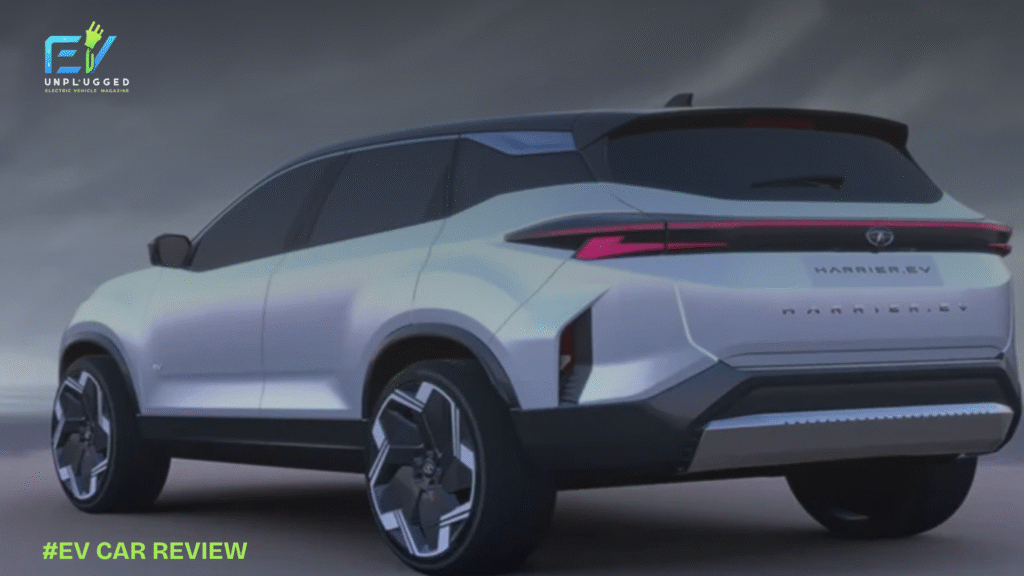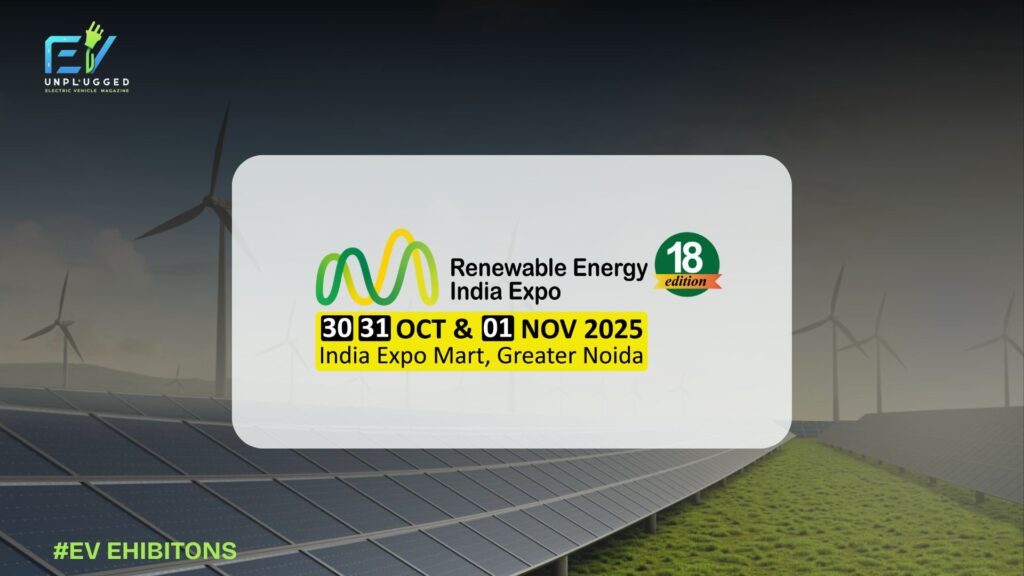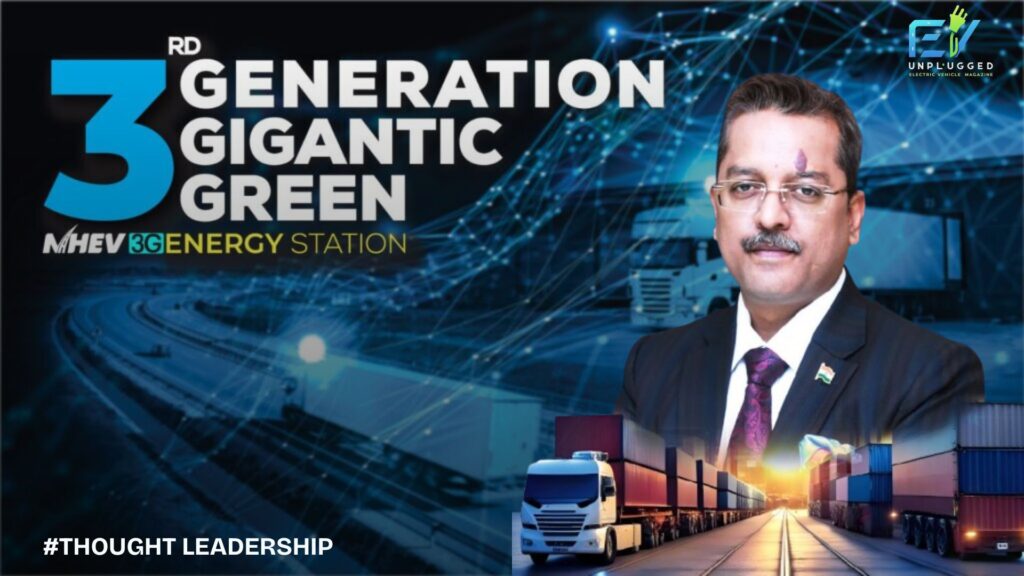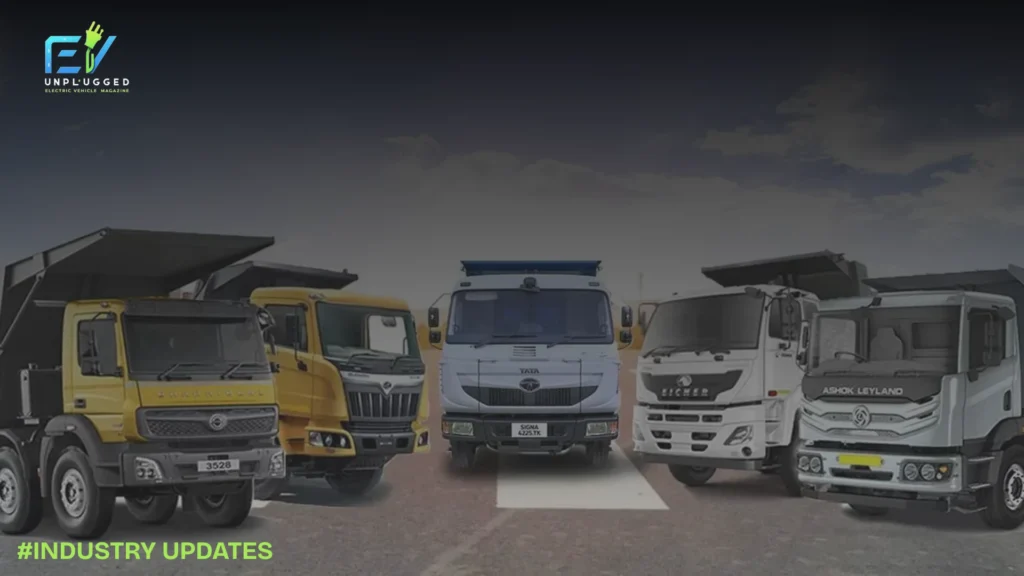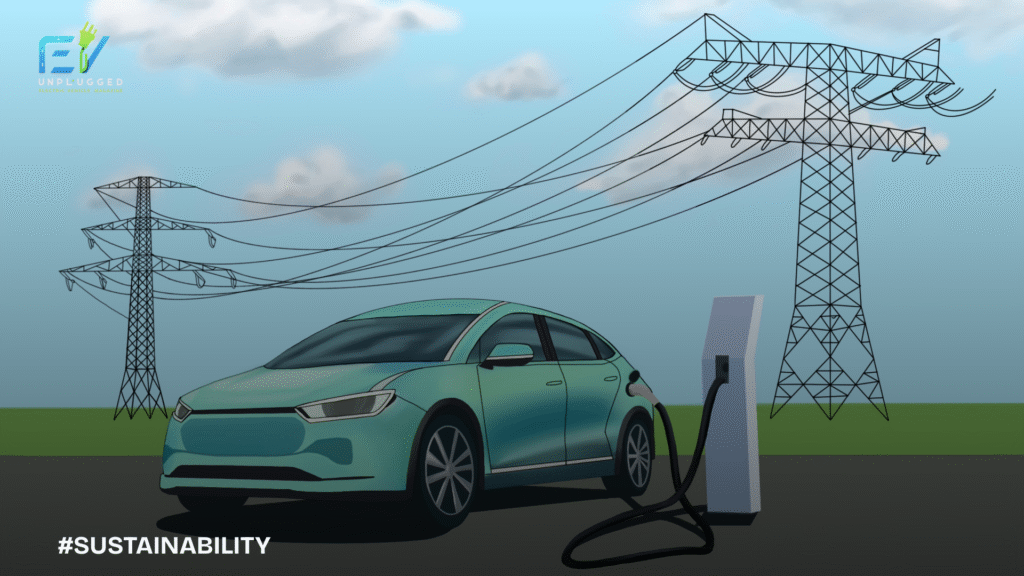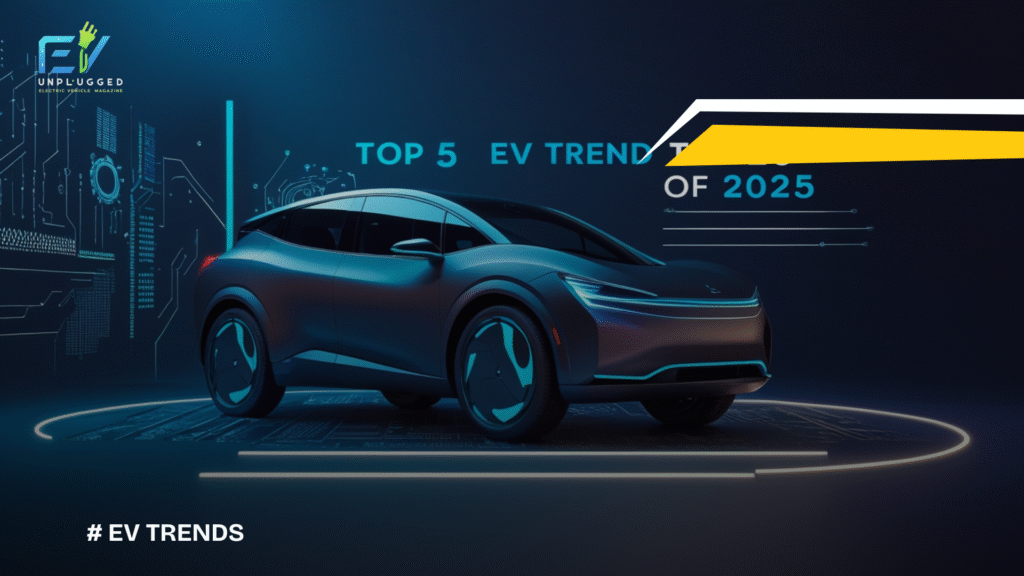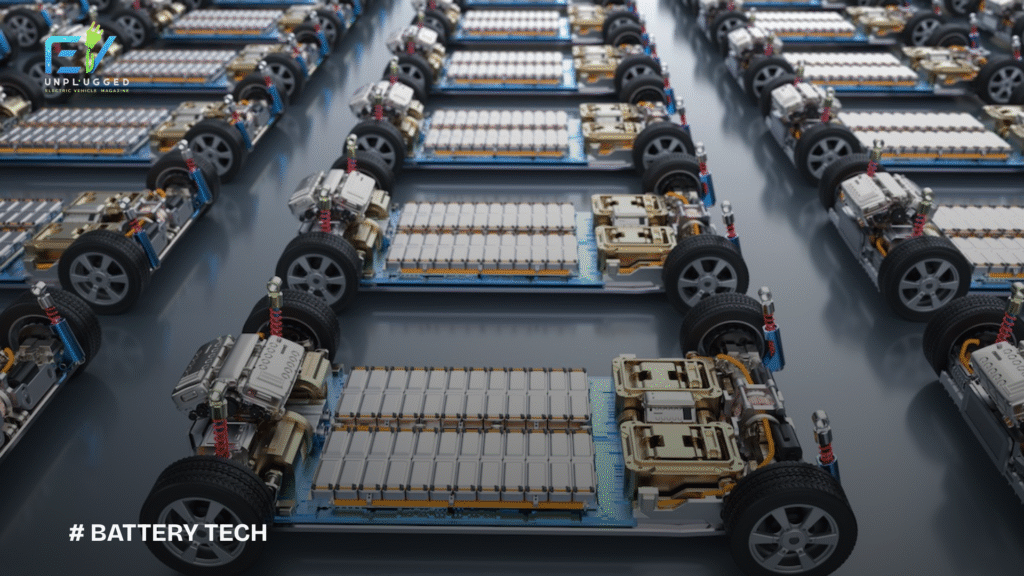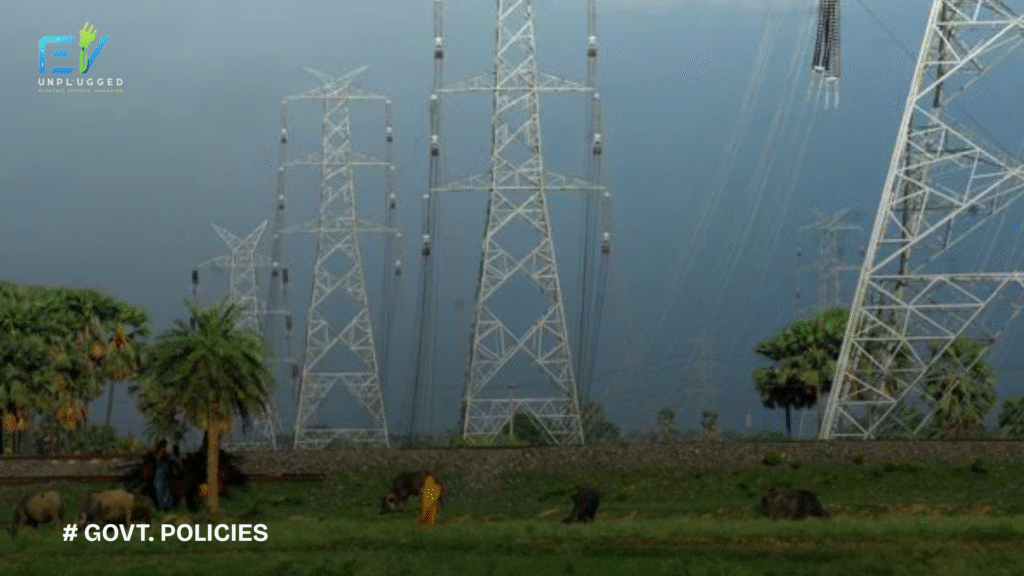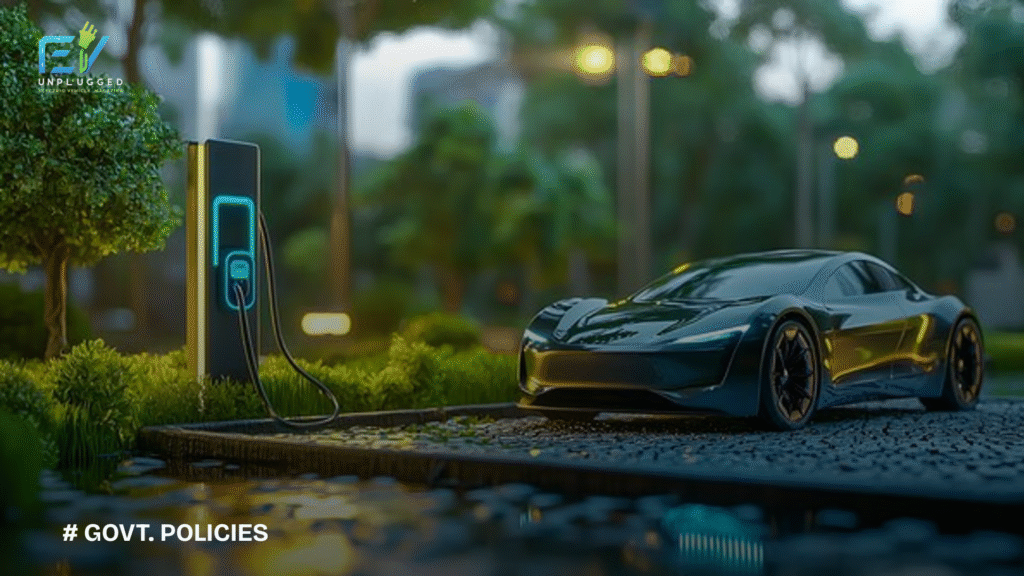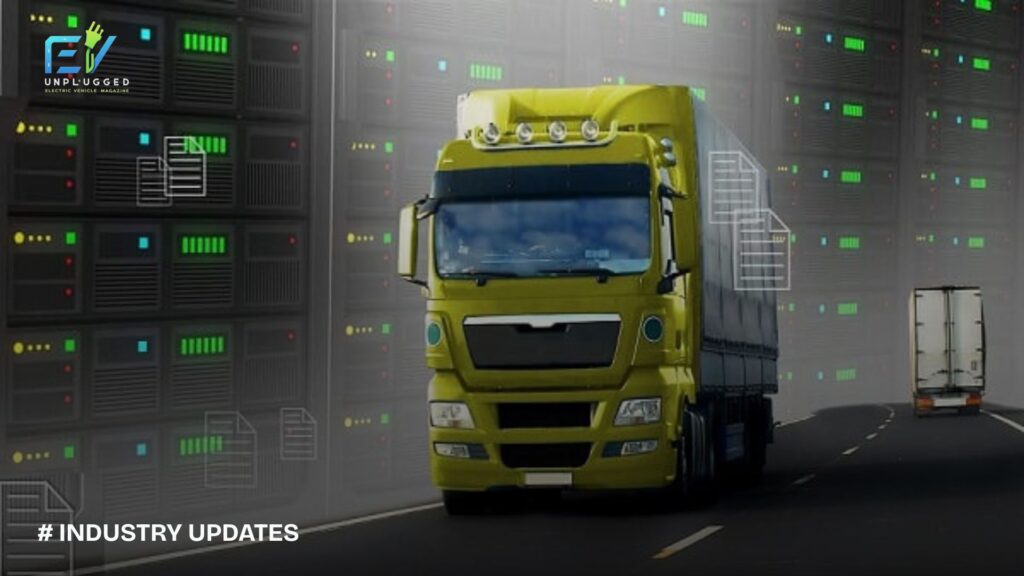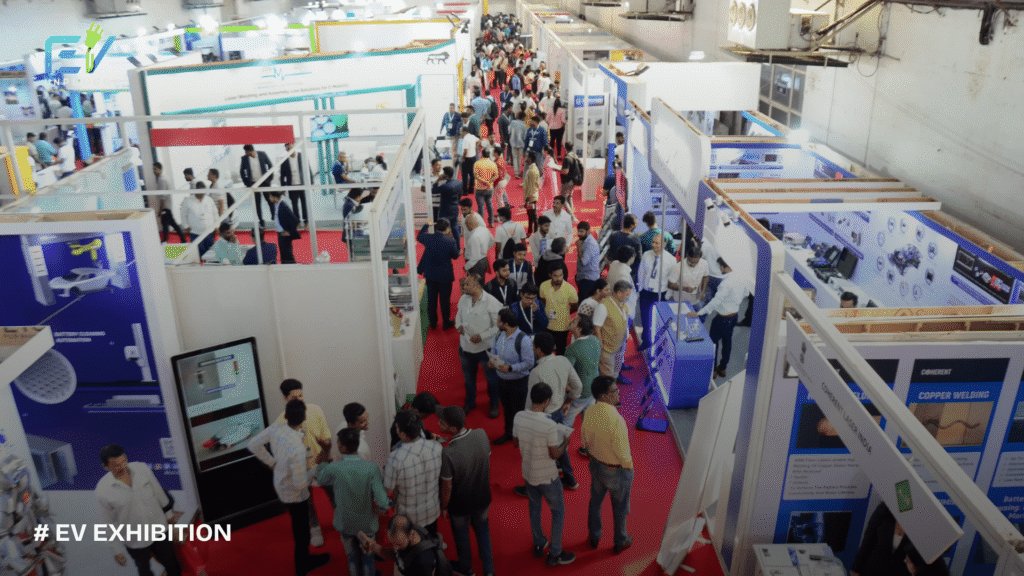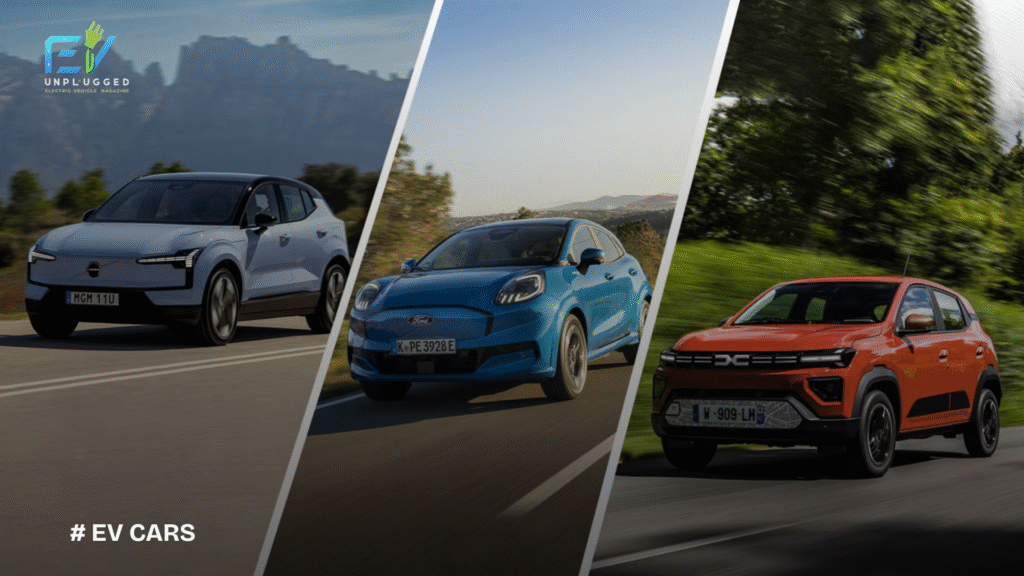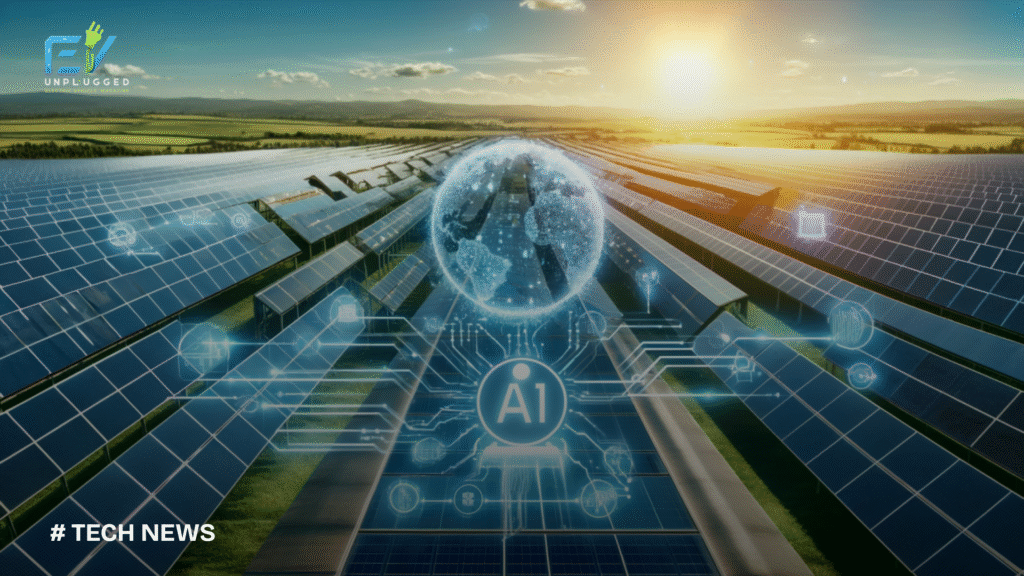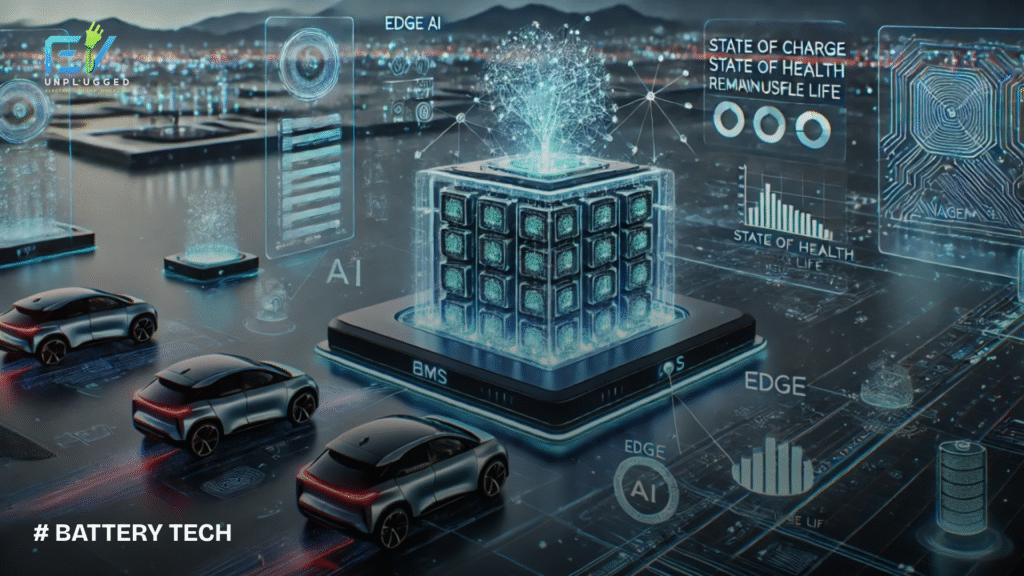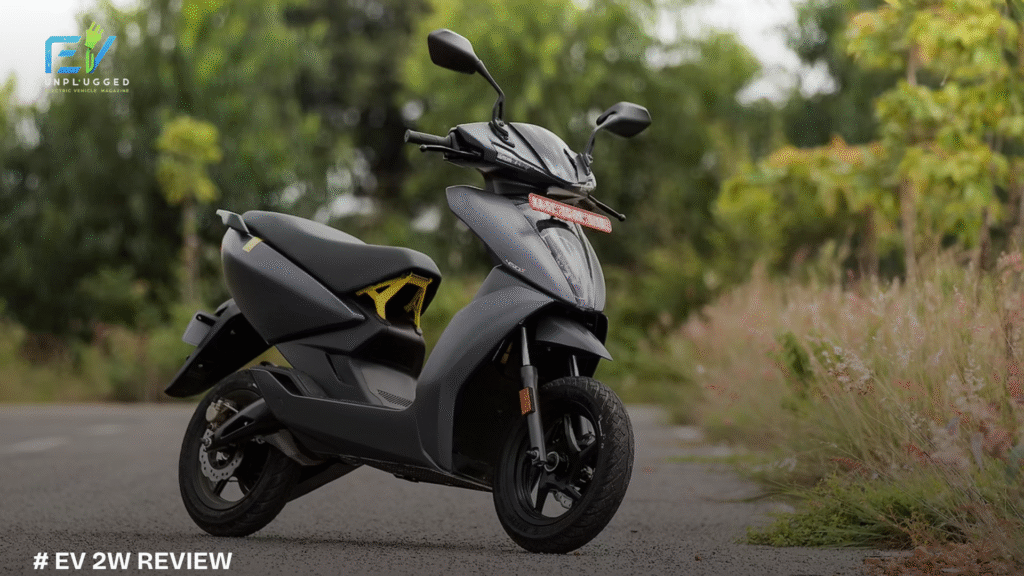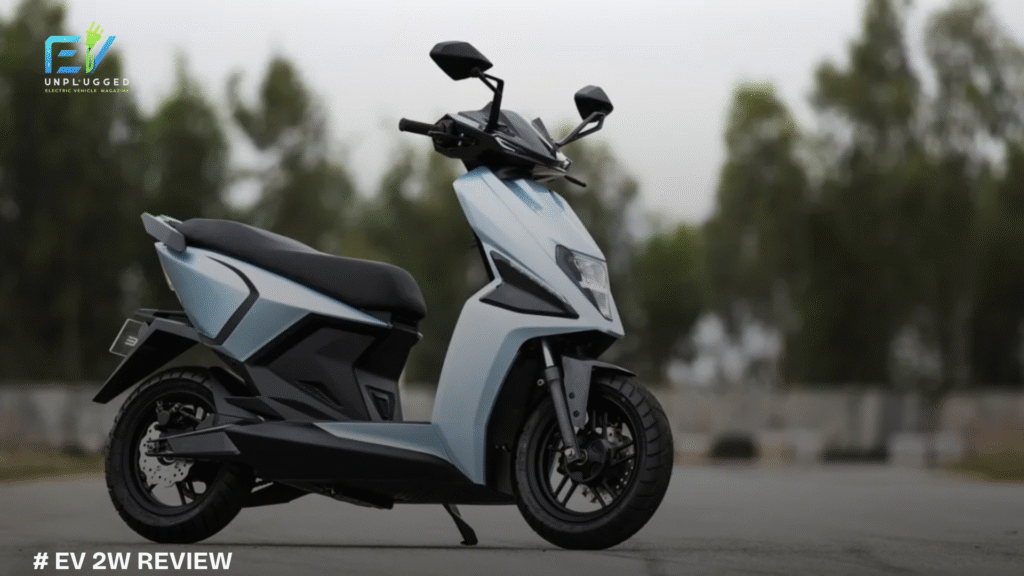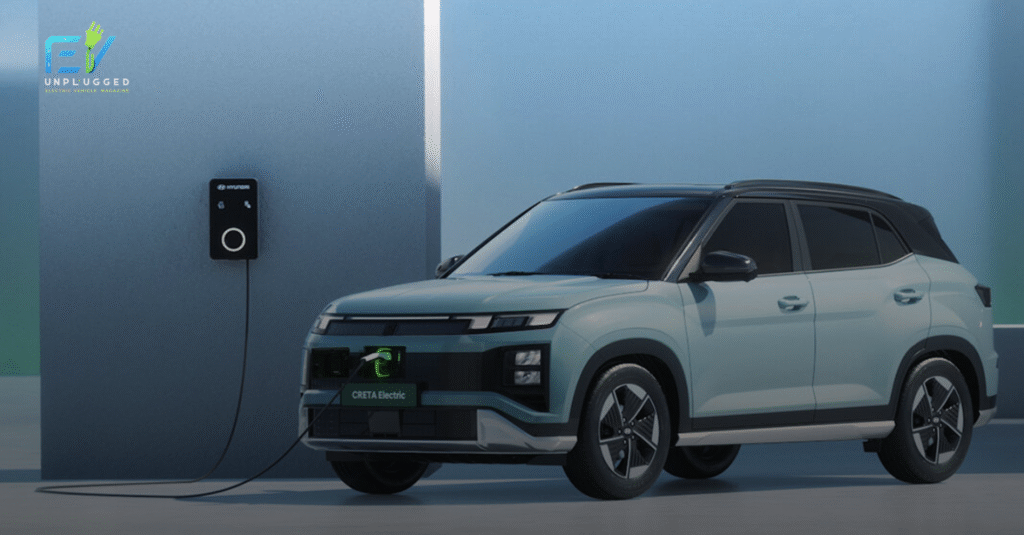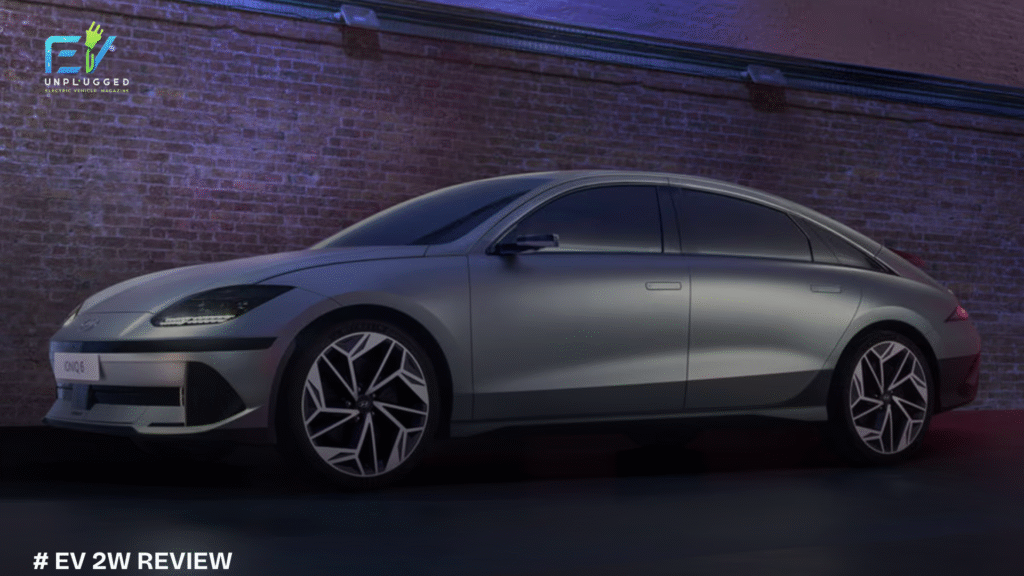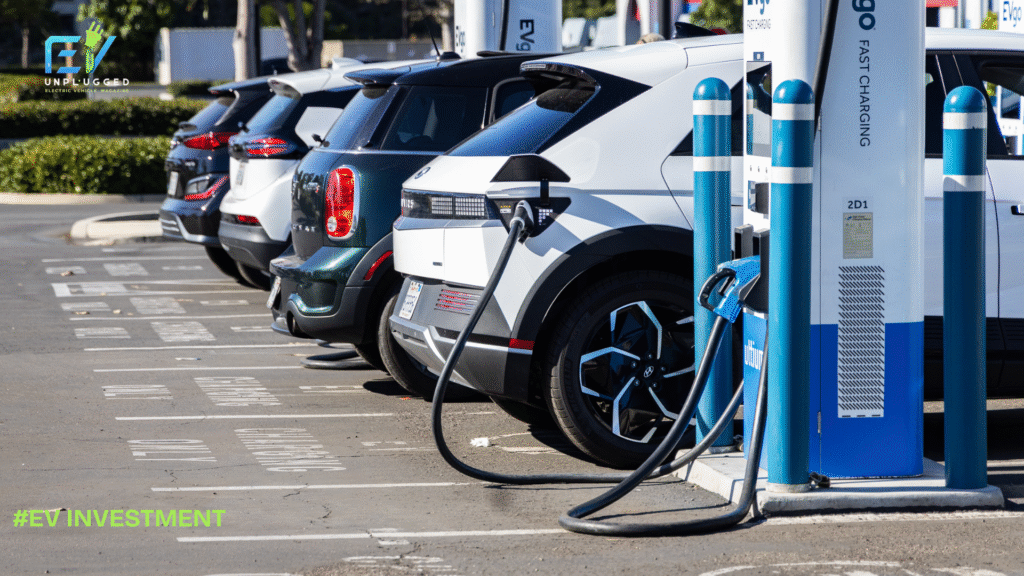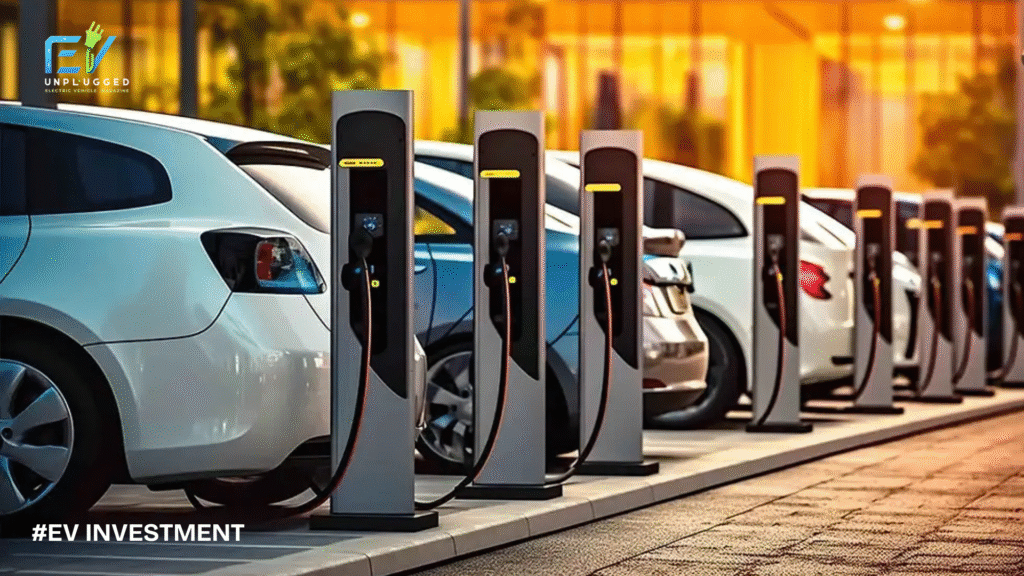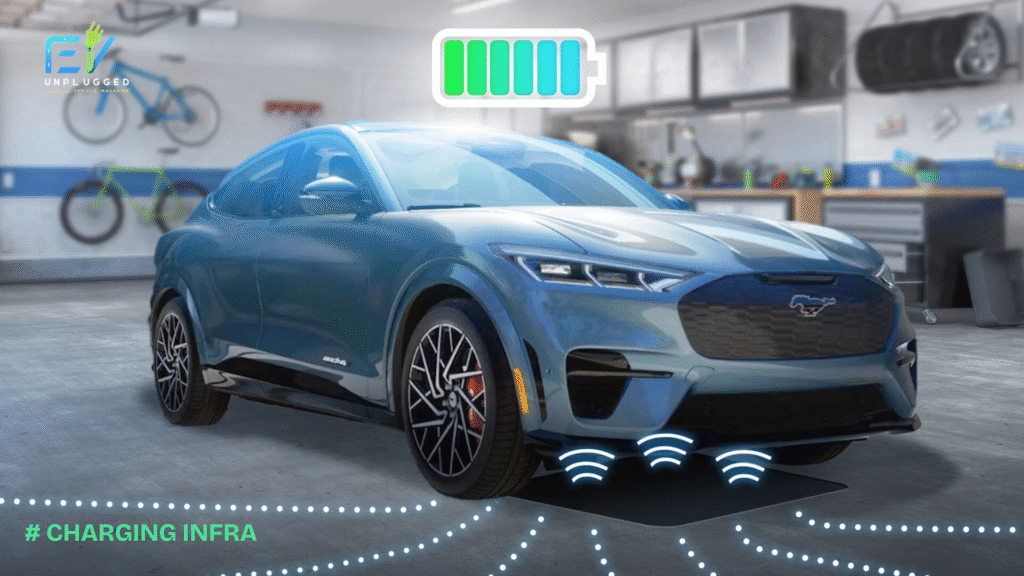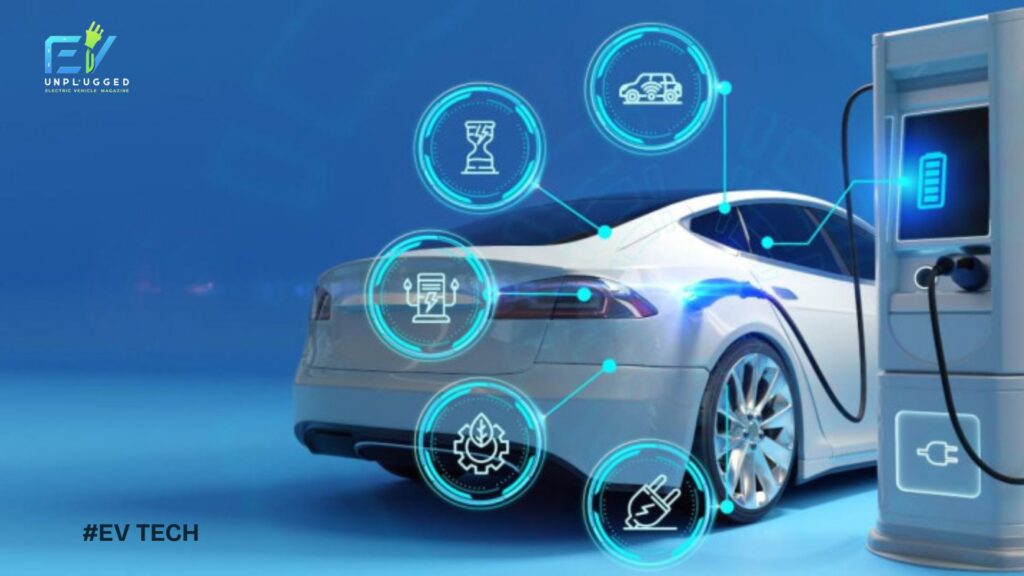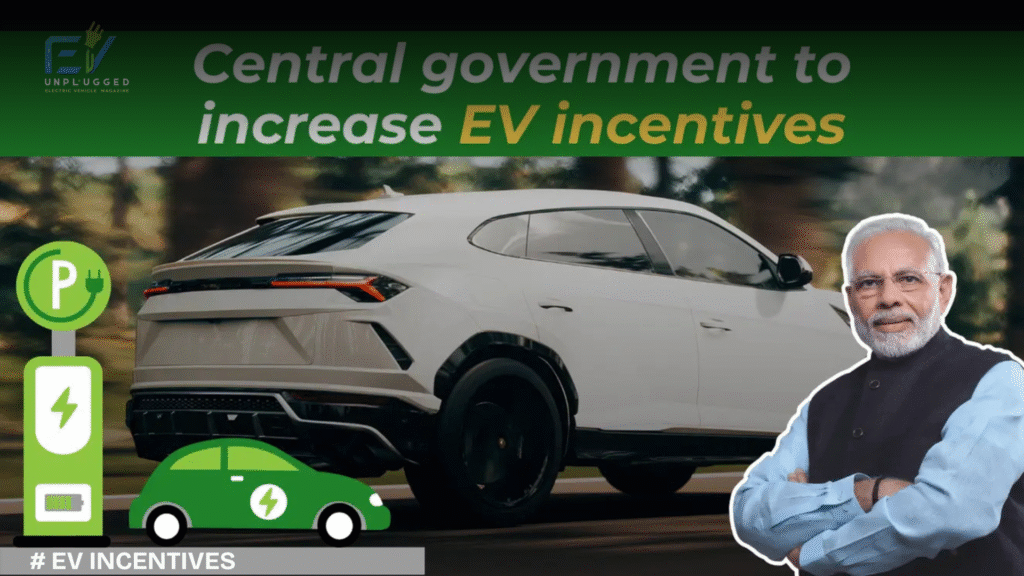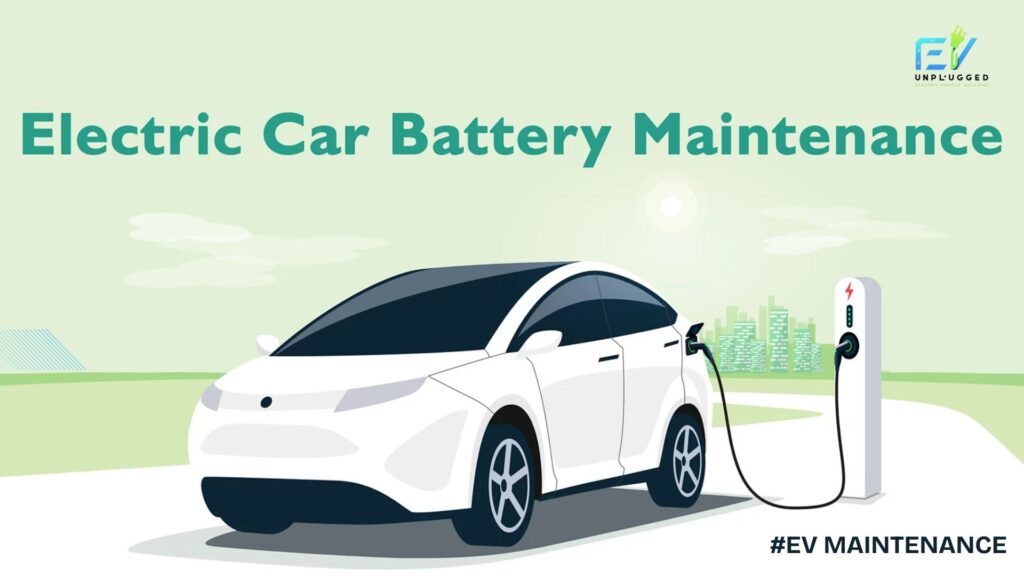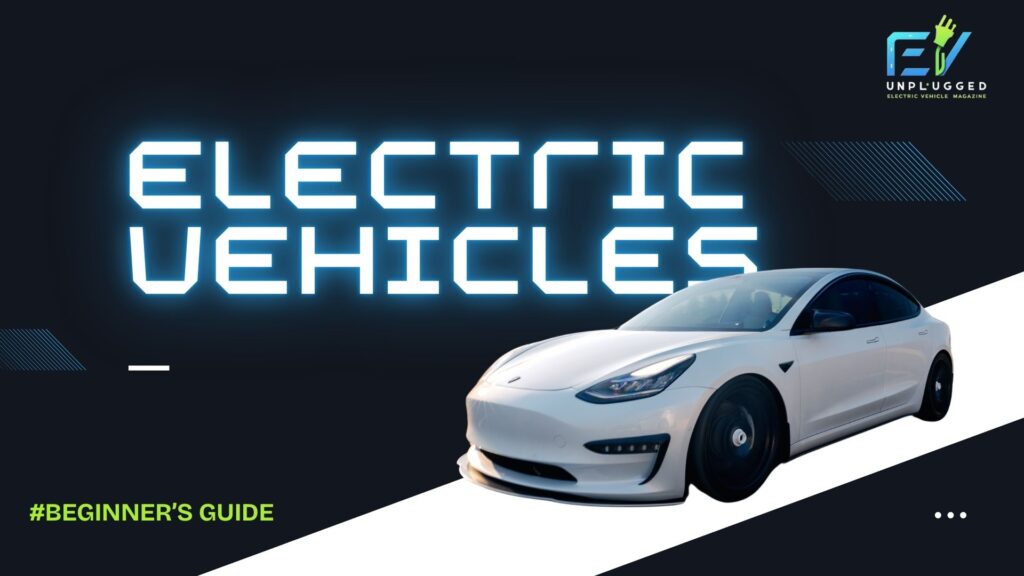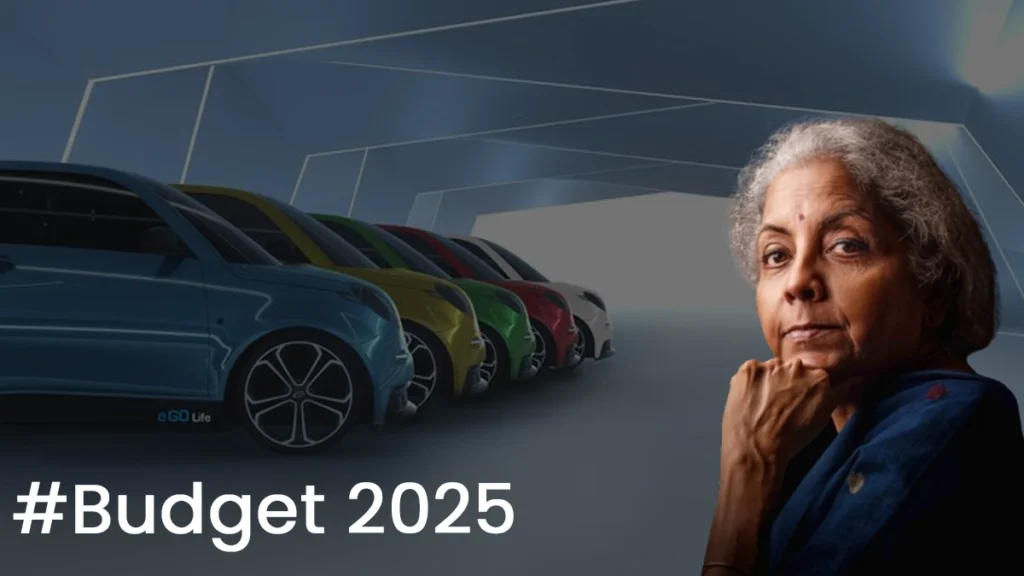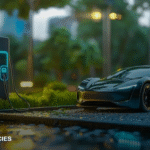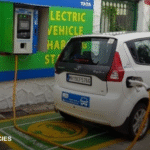How Rural Electrification Policies Are Creating New Opportunities for EVs
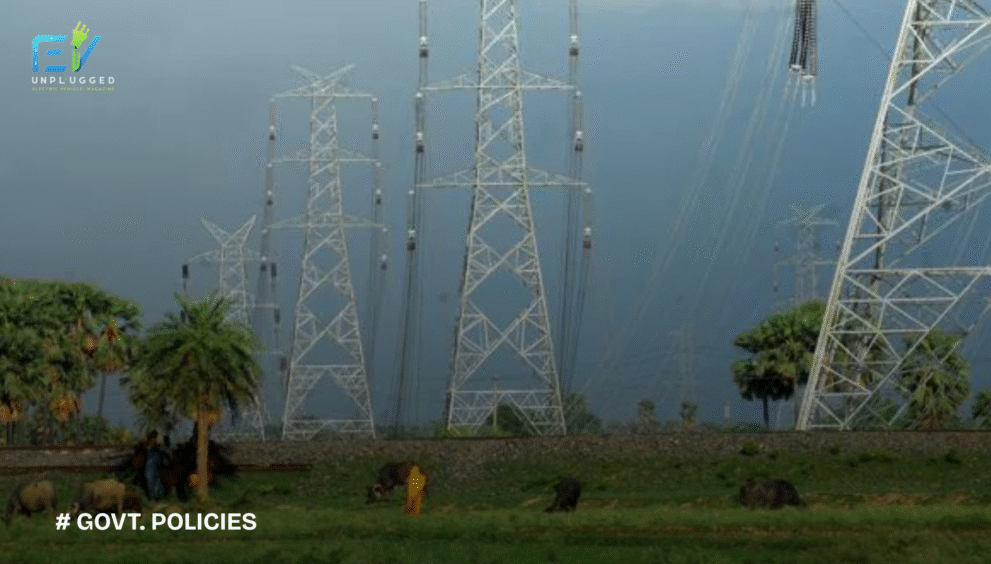
India’s rural electrification drive has transformed the energy landscape across its vast countryside, opening fresh avenues for electric vehicle (EV) adoption and clean mobility. With over 65% of India’s population living in rural areas, the government’s focus on expanding reliable electricity access is now playing a pivotal role in shaping the country’s EV ecosystem beyond urban centers.
This article explores how rural electrification policies are unlocking new opportunities for electric vehicles in India. It also highlights the current challenges, government initiatives, and emerging trends fueling the growth of EV infrastructure in rural regions.
Understanding Rural Electrification and Its Impact on EV Adoption
Rural electrification refers to the process of bringing reliable and affordable electricity to remote and underserved rural areas. The Government of India has aggressively pursued this through programs like Saubhagya (Pradhan Mantri Sahaj Bijli Har Ghar Yojana) and the Deendayal Upadhyaya Gram Jyoti Yojana (DDUGJY), aiming to provide electricity connections to every household and improve the quality of power supply.
As a result, more than 99% of rural households now have access to electricity as per recent reports from the Ministry of Power (2023). This electrification boost is crucial for enabling rural residents to adopt electric vehicles, which require dependable power for charging.
Keywords: rural electrification India, EV adoption rural India, rural EV infrastructure
The Growing Potential of EVs in Rural Markets
Traditionally, EV adoption in India has been urban-centric, driven by metropolitan users with access to charging infrastructure. However, rural electrification is changing the game by:
- Expanding charging infrastructure: New grid connections allow the deployment of EV charging stations in rural towns and along highways, supporting two-wheelers, three-wheelers, and small commercial vehicles used for agriculture and local transport.
- Creating demand for electric mobility: Rural populations increasingly seek affordable, clean transport options like electric scooters and e-rickshaws, which are cheaper to operate and maintain than traditional combustion vehicles.
- Enhancing livelihood opportunities: Electric vehicles offer new avenues for rural entrepreneurs, including charging station operators, EV service centers, and vehicle rentals.
Keywords: rural EV charging stations, electric scooters rural India, e-rickshaws adoption
Key Government Policies Driving Rural EV Growth
Several policies and schemes are accelerating EV uptake in rural India by complementing electrification efforts:
1. Faster Adoption and Manufacturing of Hybrid & Electric Vehicles (FAME-II) Scheme
The FAME-II scheme incentivizes electric two-wheelers, three-wheelers, and small commercial vehicles, many of which are ideal for rural applications. Subsidies are extended to vehicles meeting specific performance and battery criteria, making EVs more accessible to rural buyers.
- As of 2024, over 50% of FAME-II subsidies have benefited rural and semi-urban areas, according to data from the Ministry of Heavy Industries.
2. State-Level Rural EV Policies
States such as Tamil Nadu, Maharashtra, and Karnataka have introduced tailored EV policies promoting rural charging infrastructure and subsidies for electric vehicles aimed at rural consumers.
- For example, Tamil Nadu’s policy includes grants for installing solar-powered EV charging stations in rural zones, enhancing sustainability.
3. Renewable Energy Integration
Linking rural electrification with renewable energy sources, like solar microgrids, supports off-grid EV charging solutions where grid connectivity is weak or unreliable.
- India’s Ministry of New and Renewable Energy (MNRE) promotes solar-powered EV charging stations, increasing accessibility in remote rural areas.
Keywords: FAME-II rural EV subsidies, state EV policies rural India, solar EV charging stations India
Challenges to Rural EV Adoption and Infrastructure
While opportunities abound, certain challenges must be addressed for rural EV growth:
- Grid reliability: Despite electrification, some areas face inconsistent power supply, hampering EV charging reliability.
- High upfront costs: Although subsidies help, the initial price of EVs and charging equipment remains a barrier for many rural consumers.
- Limited awareness: EV benefits and available incentives are less understood in rural markets, necessitating greater outreach and education.
- Logistics and service network: Maintenance and repair facilities for EVs are still concentrated in urban areas, making after-sales support difficult in rural regions.
Efforts by the government, private sector, and NGOs to build rural EV service ecosystems and consumer awareness campaigns are underway to tackle these challenges.
Emerging Trends and Success Stories
Electric Mobility in Agriculture and Rural Transport
Electric three-wheelers and e-rickshaws are gaining traction as affordable last-mile connectivity solutions in villages. Companies like Okinawa, Hero Electric, and Mahindra Electric have launched rural-specific EV models.
Rural Charging Station Networks
Private players and government projects are expanding charging stations along rural highways and marketplaces. This is supported by the National Electric Mobility Mission Plan (NEMMP) and state incentives.
Solar-Powered Microgrids for EVs
Several pilot projects are integrating solar microgrids with EV charging in off-grid villages, reducing reliance on unstable grids while promoting clean energy.
Conclusion: The Road Ahead for Rural EV Adoption
Rural electrification policies are not just powering homes but igniting a clean mobility revolution across India’s countryside. By expanding infrastructure, incentivizing electric vehicles, and integrating renewable energy, India is unlocking vast new markets for EVs that can accelerate the country’s transition to sustainable transportation.
For sustained success, collaborative efforts involving government, industry, and communities are essential to overcome existing barriers and build an inclusive EV ecosystem reaching every corner of India.

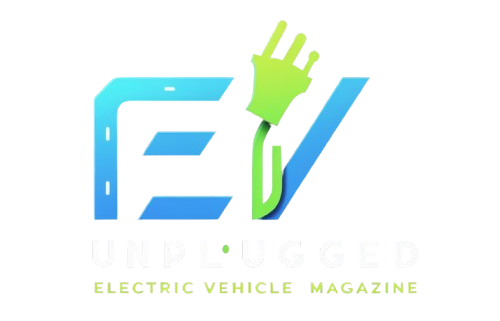
 English
English 